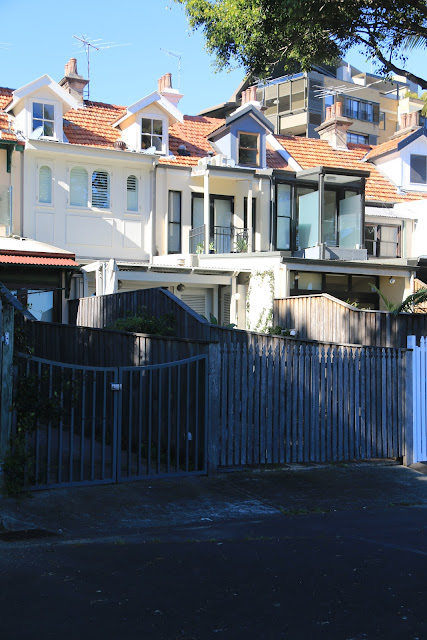Source: Olsen, L. 1990. "$10bn city facelift: Master plan to develop Pyrmont". The Daily Telegraph, September 26: 9.
In 1990, the State Government of Nick Greiner was intent on urban renewal on the Pyrmont Peninsula, following the decades-long decline in manufacturing and port operations to suburban centres. The residential population of the Pyrmont/Ultimo area had collapsed from 19 000 at the start of the 20th century to just 1500.
It was not to be undertaken overnight and believed it would take 20 years for the plan to be fulfilled.
Heritage wharves were retained e.g. Wharf Five. It is now Doltone House.
Harris Street was meant to be a "showpiece", but did they mean in terms of heritage protection or being a destination to shop and/or dine?
Jacksons Landing at Pyrmont is the biggest of the brownfields developments to occur on the Pyrmont Peninsula. It took more than a decade for the former CSR site to be turned into a high density residential estate. That included the waterfront housing.
The old power station was destined to be an office complex but ended up being the site of Sydney's first Casino.
In light of all the changes, heritage buildings have been lovingly restored:
In the 1990 scheme, it was envisioned that housing would line the entire waterfront. However as the decade progressed, this was largely zoned as public land, creating Pyrmont Park. When the Water Police left Pyrmont, Sydney City Council turned it into Pirrama Park.
Recently, I visited the City of Sydney planning model at Sydney City Council offices in Kent Street and managed to get a model shot based on the angle taken in 1990. Note that the model of The Star is not present as a Development Application for the proposed Ritz Carlton Hotel tower is being created.
Despite amendments to the plans, Pyrmont has become a highly sought inner city address. It has also thrived as a popular address on the city fringes for businesses to be located, particularly media firms.
All photos were taken by the author.
















Ok
ReplyDelete